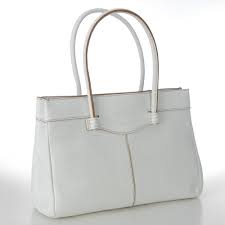 A growing number of high-end shoppers are choosing unique, hard-to-find handbags and accessories, rather than easily recognizable products with logos from major luxury brands. The trend is due to a desire for individuality, rather than conformity, as well as the political debate about income inequality.
A growing number of high-end shoppers are choosing unique, hard-to-find handbags and accessories, rather than easily recognizable products with logos from major luxury brands. The trend is due to a desire for individuality, rather than conformity, as well as the political debate about income inequality.
Many people do not want to be so conspicuous about showing their wealth. As the United States has been recovering from the recession, upper income consumers have seen their wealth increase, while middle and lower class shoppers have not. Some upper class consumers may feel guilty about buying expensive products.
The popularity of Instagram, style blogs, and live-streamed runway shows means that trends come and go faster than they used to. Because of this, many luxury brands, including Gucci, Prada, and Louis Vuitton, have seen declining sales, even though the overall market for luxury goods is growing. Consumers prefer understated luxury.
China was responsible for much of the growth in the luxury goods market for many years, but things have changed due to a crackdown on corruption and a slowing economy. Newly affluent customers are also not looking for flashy designer brands. The change in attitude took place in just two or three years.
Luxury brands are struggling to adapt to the new climate. Louis Vuitton brought in Nicolas Ghesquiere as its new creative director and changed, but did not eliminate, its logo. The change has not significantly affected sales. Gucci hired Alessandro Michele as its new creative director and is limiting the number of new products and new stores. Gucci is trying to find new ways to interpret its logo.
Smaller but similarly priced companies, such as Yves Saint Laurent, Miu Miu, and Bottega Veneta, have seen their sales grow because they have done a better job of maintaining their exclusivity. More affordable luxury brands, such as Zadig & Voltaire, Sandro, and Rag & Bone, are also providing new competition for more expensive labels.

Leave a Reply